Knowing how much a brick weighs is an essential piece of information for anyone involved in construction projects. The weight of a brick plays a critical role in determining the load-bearing capacity of a structure and the number of bricks needed for a project. Architects, engineers, builders, and even DIY enthusiasts need to understand the weight of a brick to ensure that the structures they create are safe, stable, and structurally sound.
Bricks have a long and rich history that dates back to ancient civilizations like the Romans and Egyptians. In this article, we’ll delve into the weight of bricks and explore the various factors that affect them, including the type, size, and composition of a brick. We’ll also discuss how to calculate the weight of a brick.
By the end of this article, readers will have a comprehensive understanding of how much a brick weighs, its importance in construction, and various factors that affect its weight.
So let’s dive into this informational article!
How to Calculate the Weight of a Brick
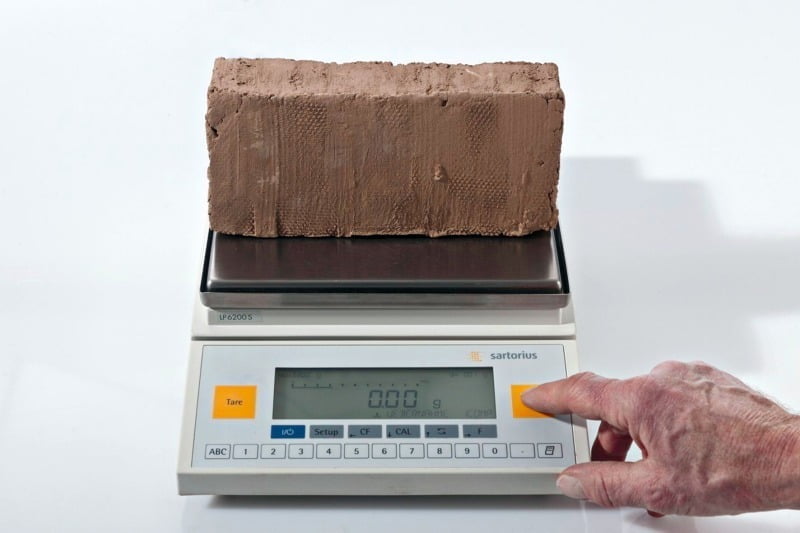
Calculating the weight of a brick is important in many construction projects, as it helps estimate the amount of material needed and determine the load capacity of structures. The weight of a brick can vary depending on its composition and size. However, there are formulas that can be used to calculate its weight. To calculate the weight of a brick, you need to know its dimensions and the density of its material.
The formula for calculating the weight of a brick is Weight = Volume x Density.
The volume of a brick can be calculated by multiplying its length, width, and height. The density of the material is the weight of the material per unit of volume. For example, let’s say we have a clay brick with dimensions of 8 inches in length, 4 inches in width, and 2.5 inches in height. The density of clay brick is approximately 120 pounds per cubic foot.
The volume of the brick = Length x Width x Height,
volume of the brick = 8 x 4 x 2.5 = 80 cubic inches
Now, convert the volume from cubic inches to cubic feet,
Volume in cubic feet = Volume in cubic inches/ 1728
Volume in cubic feet = 80/ 1728
Volume in cubic feet = 0.0463 cubic feet
Now, the weight of the brick will be,
Weight = Volume x Density
Weight = 0.0463 x 120 = 5.56 pounds
Therefore, the clay brick weighs approximately 5.7 pounds.
It is important to note that the weight of the brick can vary depending on its composition.
Factors Affecting Brick’s Weight
The weight of a brick is influenced by various factors, such as the type of brick, its size, density, and moisture content. Understanding these factors is important in construction projects where the weight of bricks can affect the overall load capacity of structures.
1. Type of The Brick

Different types of bricks have varying weights. For instance, bright clay is lighter than concrete brick because of its porous nature. The weight of a brick is determined by its density, which varies based on the material used to make the brick. Clay bricks have a density of about 120 pounds per cubic foot, while concrete bricks can weigh up to 140 pounds per cubic foot. Other types of bricks, such as sand lime bricks, fly ash bricks, and mud bricks, also have different densities that influence their weight.
2. Size of The Brick
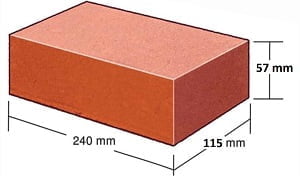
The size of the brick is a crucial factor that affects its weight. The weight of a brick increases as its size increases, and vice versa. Large bricks weigh more than small bricks because they have a higher volume. The dimensions of a brick, including its length, width, and height, can be used to calculate its volume. The volume of a brick is then multiplied by the density of the material to determine its weight
3. Density of The Brick

The density of a brick is a measure of its weight per unit volume. The density of a brick is affected by its composition and manufacturing process. Bricks with a higher density are usually stronger and more durable. The density of a brick can be increased by using heavier materials in its manufacture or by compressing the material more tightly during the manufacturing process. The density of a brick also affects its insulation properties, as denser bricks are better insulators.
4. Moisture Content of The Brick

The moisture content of a brick can also influence its weight. The moisture content of a brick is the amount of water that is absorbed by the brick. Bricks that are wet or damp weigh more than dry bricks. This is because of the weight of the water. Moisture can affect the weight of a brick during the manufacturing process or during storage. It is, therefore, important to keep bricks in a dry place to avoid any increase in weight due to moisture absorption.
How much a brick weighs is affected by the above-mentioned factors. These factors play a crucial role in construction projects where the weight of bricks can affect the load capacity of structures. Understanding the weight of bricks is important for construction professionals and contractors as it helps them estimate the amount of material needed for a project and determine the load capacity of structures. Additionally, it is important to keep in mind that the weight of a brick can vary even within the same type and size due to variations in the manufacturing process or moisture content.
Different Types of Bricks
Bricks have been used as a building material for centuries. They are versatile and durable and come in a range of sizes, shapes, and compositions. Here we will explore the different types of bricks and their properties, including their weight.
1. Clay Bricks
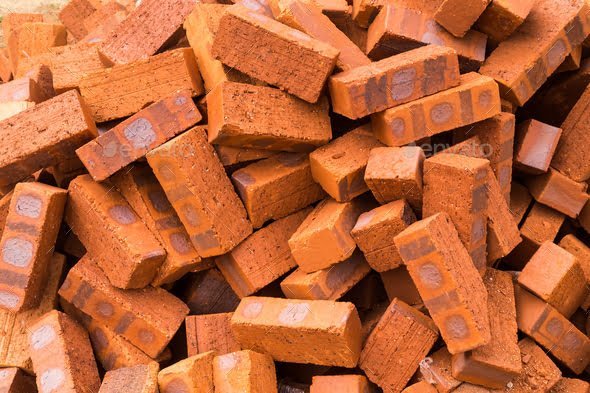
Clay bricks are the most common type of brick and are made from clay that has been molded and baked in a kiln. These bricks are known for their durability, strength, and thermal insulation properties. Clay bricks are available in a variety of colors and sizes, including standard-size bricks that weigh approximately 5 pounds each. However, the weight of clay bricks can vary depending on their size and shape.
2. Concrete Bricks
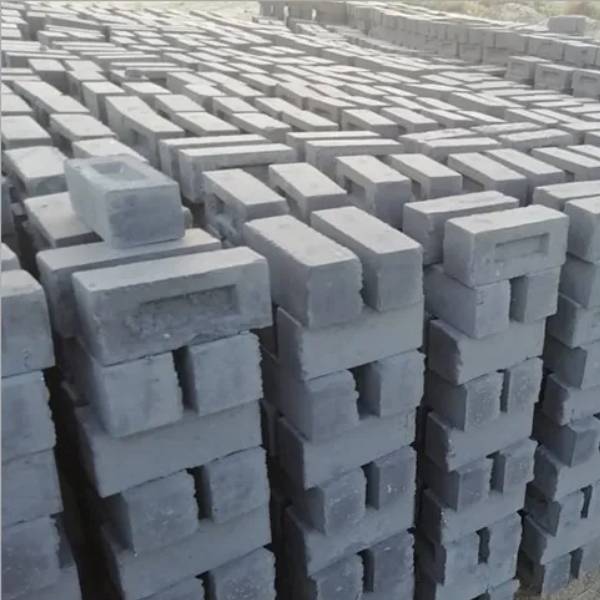
Concrete bricks are made from cement, sand, and water and are molded into shape before being left to dry and harden. They are long-lasting, weather-resistant, and have good thermal mass properties. Concrete bricks are available in a range of colors and sizes, including standard-size bricks that weigh approximately 4 to 5 pounds each.
3. Sand Lime Bricks
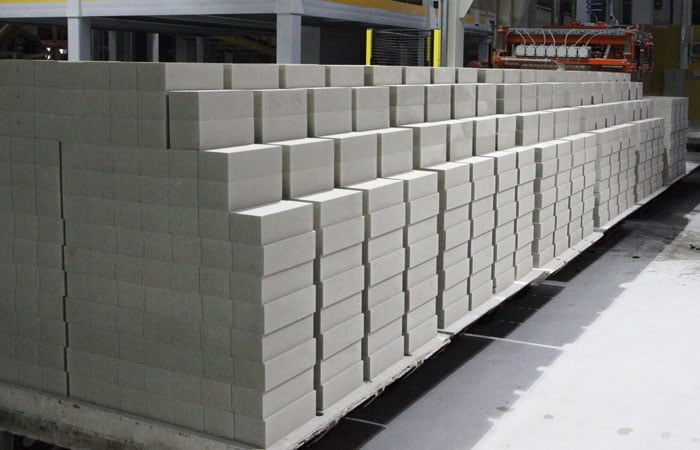
Sand lime bricks are made from sand, lime, and water and are hardened in a steam autoclave. These bricks are strong, durable, and have proper thermal insulation properties. Sand lime bricks can be obtained in a range of sizes and colors, including standard-size bricks that weigh approximately 4.5 pounds each.
4. Fly Ash Clay Bricks
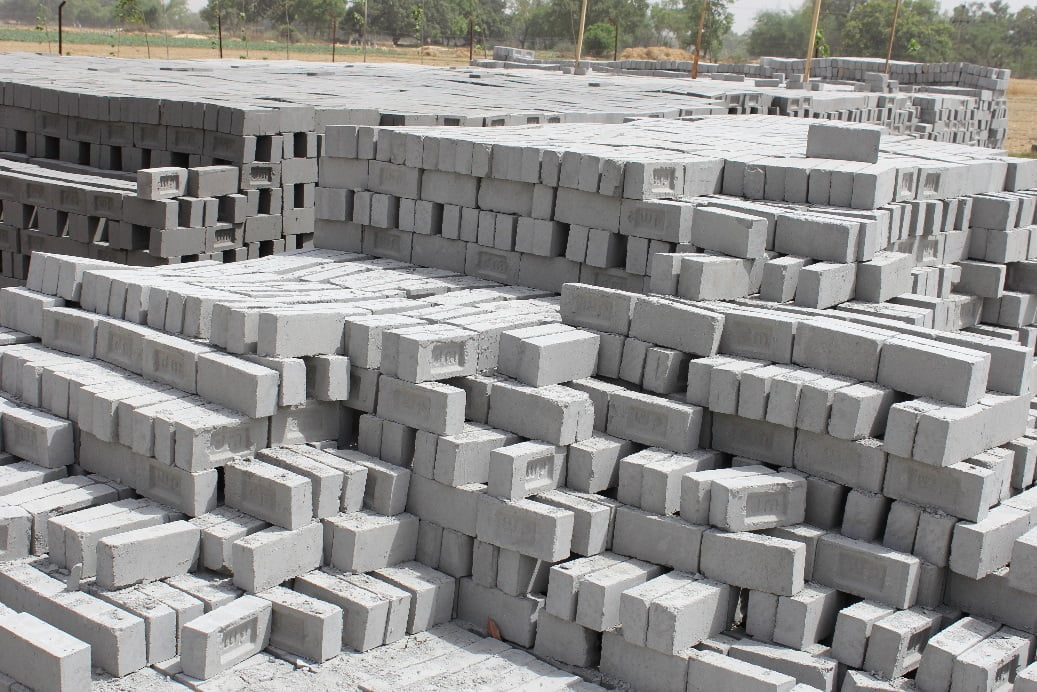
Fly ash clay bricks are made from fly ash, a by-product of burning coal, and clay, as the name suggests. They are known for their high strength, durability, and insulation properties. Fly ash clay bricks are available in various sizes and colors, including standard-size bricks that weigh approximately 3.5 pounds each. The weight of fly ash clay bricks can be different based on their size and composition.
5. Mud Bricks
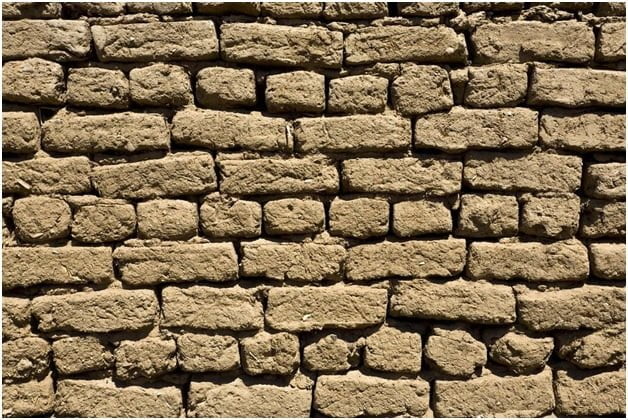
Mud bricks, also known as adobe bricks, are made from a mixture of clay, sand, straw, and water. They are known for their natural look, earthy feel, and thermal insulation properties. Mud bricks can be obtained in a variety of shapes and sizes, and their weight can vary as per their size and composition. They are typically light in weight when compared to other types of bricks.
6. Engineering Bricks
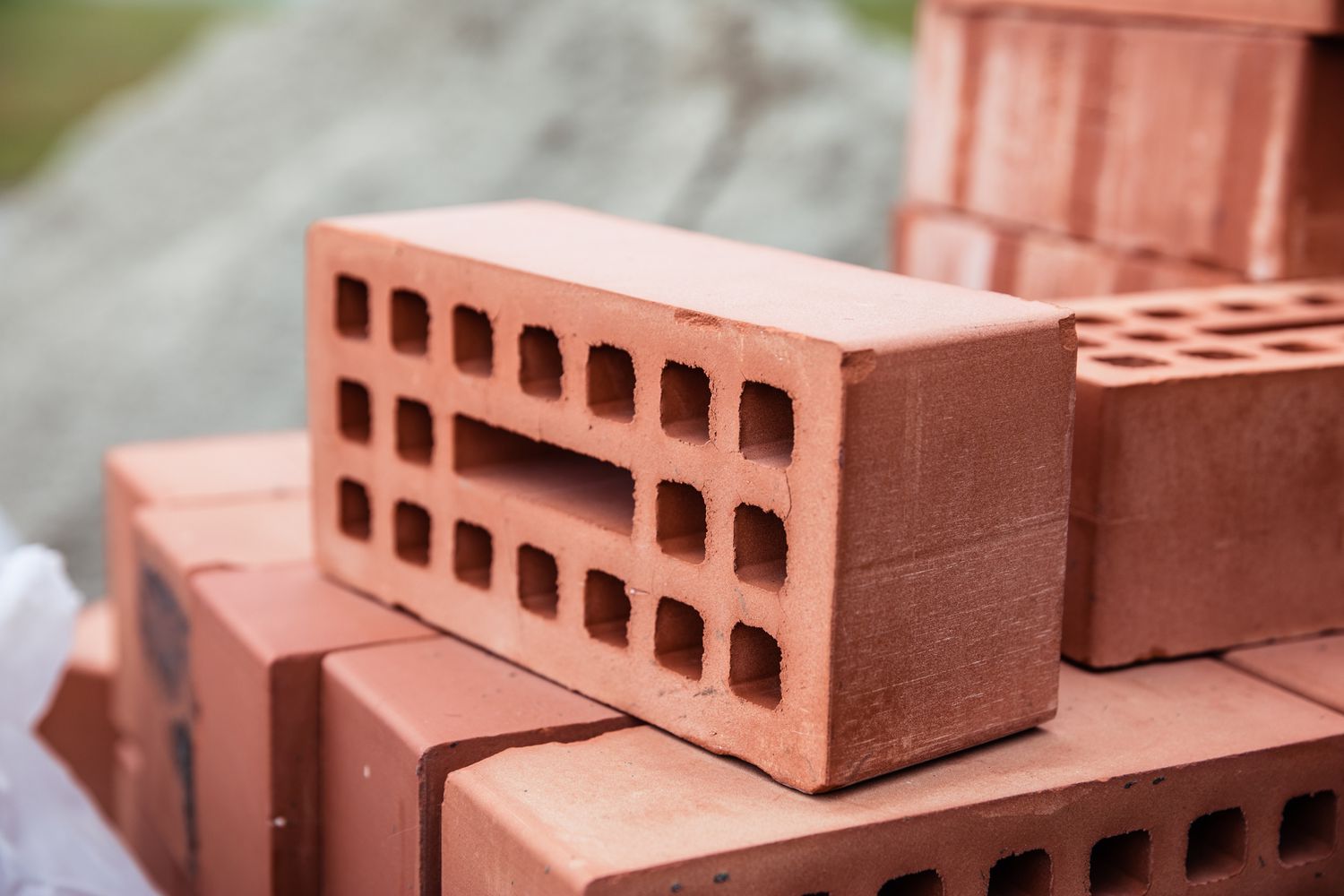
Engineering bricks are made up of high-density clay and are known for their strength, resilience, and resistance to water and frost. They are typically used in areas where strength and longevity are essential, such as in foundations and retaining walls. Engineering bricks are available in several sizes and colors, including standard-size bricks that weigh approximately 5.1 pounds each
7. Modular Bricks
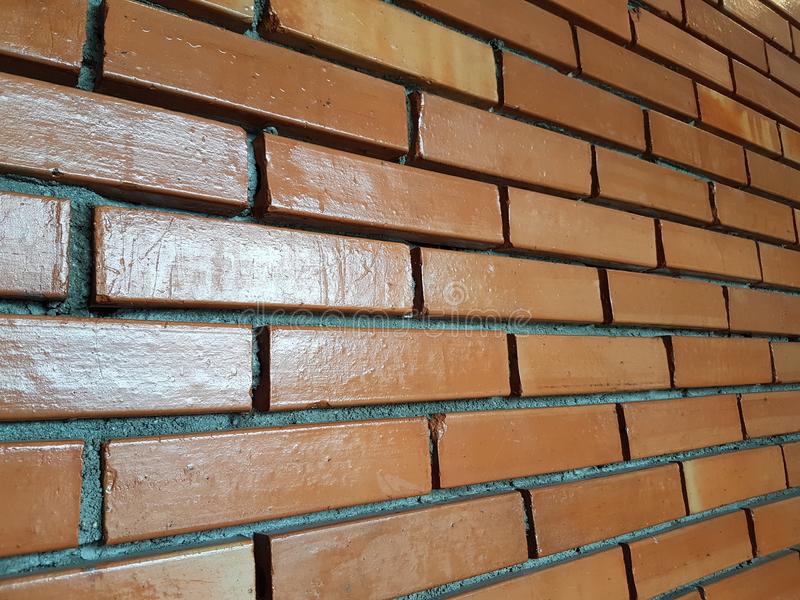
Modular bricks are a standardized size of a brick that is most commonly used in construction work. They measure 3 ⅝ inches wide, 2 ¼ inches high, and 7 ⅝ inches long. Modular bricks are available in a range of compositions, including clay, sand, lime, and concrete. The weight of modular bricks can vary depending on their composition; however, standard-size modular clay bricks weigh approximately 3.8 pounds each.
8. Roman Bricks

Roman bricks are a traditional type of brick that has been used for centuries. They are known for their irregular shape and size and are made from clay. Roman bricks are typically longer and thinner than other types of bricks and can vary in size and weight. Like for other types of bricks, the weight of Roman bricks can differ depending on their size and composition. However, the brick weight of a standard Roman brick is approximately 4.7 pounds.
Final Thoughts
All in all, knowing how much a brick weighs is an important consideration in construction projects. The weight of a brick is influenced by various factors, including its type, size, density, and moisture content. In this article, we’ve discussed various types of bricks, how to calculate their weight, and the factors that affect their weight.
Knowing the weight of a brick is important because it helps construction professionals and contractors to estimate the weight of a structure and ensure that it can withstand the load. In addition, understanding the weight of a brick is crucial in the transportation and storage of building materials. A load of bricks that is too heavy can cause damage to the transport vehicle or the storage area. Therefore, it is important to know the weight of bricks before moving them from one place to another.
Hope that after reading this article, readers might have got an idea that ‘how much does a brick weighs?’
Frequently Asked Questions
What Is the Formula for a Brick?
The formula for calculating the weight of a brick is based on its dimensions and density. The formula for calculating the weight of a rectangular brick is:
Weight = length x width x height x density
This formula can be modified for different shapes and types of bricks.
What Is the Size of 1 Brick?
The size of 1 brick varies depending on its type and location. In general, the standard size for a brick is 3 ⅝ inches wide, 2 ¼ inches high, and 8 inches long. This size is commonly used in the United States of America and is referred to as a standard brick. However, other sizes and dimensions are used in different parts of the world.
























Leave a Reply
View Comments